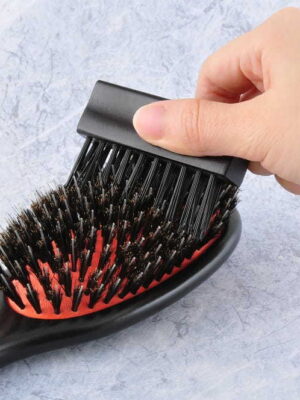When you are attempting to take the best possible care of your hair, you may be wondering about the difference between leave in and rinse out conditioners. The reasons for choosing one over the other might be linked to your hair type and condition. It might also depend upon the specific ingredients contained in the product. Here are some facts that will help you decide which is best for your tresses.
Aussie Hair Insurance Leave-In Conditioner Spray
Obviously, the two types of product are different. The products which are meant to be rinsed out treat the strands by filling in the cuticle so that the hairs are manageable and much stronger. Conversely, a leave-in conditioner is designed to be lighter. It is applied and combed through the hair that is damp or towel dried. When the product remains on the hairs, it is intended to restore moisture, manage styles and prevent breaking the strands as it is styled.
From a chemical standpoint, there are two ways of treating hair that is damaged. The dilution deposition is appropriate for some oils and silicones. In this method, the ingredients are diluted and are released on the damp hair.
The approach for rinse off conditioners is called charge deposition. The ingredients in this type of conditioner are quaternary ammonium (quats) compounds. They are attracted to negative sites where the hair is damaged, because quats have a positive charge.
The more powerful products often contain chloride salts, which can irritate the skin. While these compounds are appropriate for rinse off products, it may be harmful to your skin at the same time it helps your hair. Since you don’t know for sure what the concentration of the product is, or whether they will irritate your skin, you should use the product only according to directions.
The difference between the two types of conditioners lies in the ingredients that are used. Avoid those with ingredients that may cause skin irritation. Cetrimonium chloride is one example of ingredients that must be less than 1 percent for leave in products.










